por Marcella Fernandes e Andrea Martinelli; Catharine Smith, HuffPost
Publicado originalmente no The HuffingtonPost
Patrícia Santos Silva can barely write her own name. The 24-year-old stopped going to school around the third grade. She must check her identification card to make sure she’s shaping her letters properly.
Her story is similar to many women in poor areas of Brazil: She married at 13, had her first child at 15, and spends much of her day in her tiny home. Her husband works in the bean and corn fields nearby; his take-home pay can be as little as $50 a month in winter.
From the time Silva rises in the morning, her day revolves around caring for her six kids, especially her youngest, Gabriel, who is severely disabled. Doctors told Silva that Gabriel’s condition is a result of the Zika virus. An infected mosquito likely bit Silva while she was pregnant, and she passed the virus on to her baby. Most adults who get Zika have mild, flu-like symptoms ― but the virus can have devastating effects on a fetus.
Gabriel, 2, was born with microcephaly, a birth defect characterized by an abnormally small head. It’s a symptom of congenital Zika syndrome, which can hinder brain development and cause a host of physical disabilities and mental impairments. Gabriel’s hands and feet are rigid. He doesn’t crawl and can barely sit up on his own.
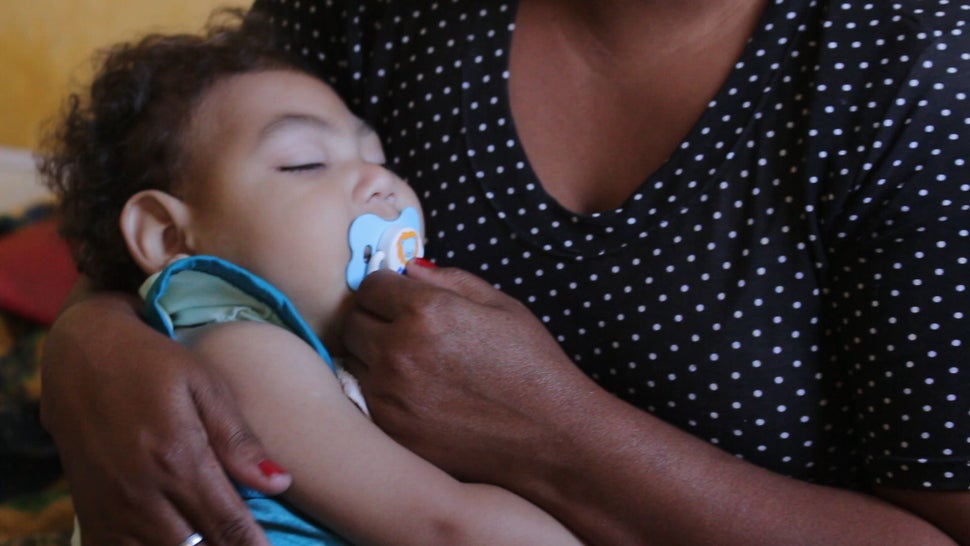
Few outside the medical community knew much about Zika before an outbreak of the virus swept across more than 20 countries in the Western Hemisphere beginning in 2015. In Brazil, where scientists first linked the virus to birth defects, the government declared the disease a public health emergency the same month Gabriel was born. In fact, Silva’s child was considered “patient zero” for congenital Zika syndrome in Santana do Ipanema, a city in the state of Alagoas, in Brazil’s impoverished northeast.
In May 2017, after a sharp drop in the number of Zika cases, Brazil declared an end to the national emergency over the virus. But the epidemic’s ripple effects can still be felt: More than 2,000 babies in Brazil were born with congenital Zika syndrome during that time, mostly in the northeast.
The burden of caring for children affected by Zika now falls primarily on their mothers, many of whom are poor, young women of color with little formal education.
Though they’re supposed to get support from the government in the form of subsidies and medical services for their babies, help has been unreliable or difficult to access. These mothers, the invisible victims of Zika, feel abandoned and helpless. And as their babies grow up, the women face a difficult reality: that their children may never escape the poverty into which they were born.
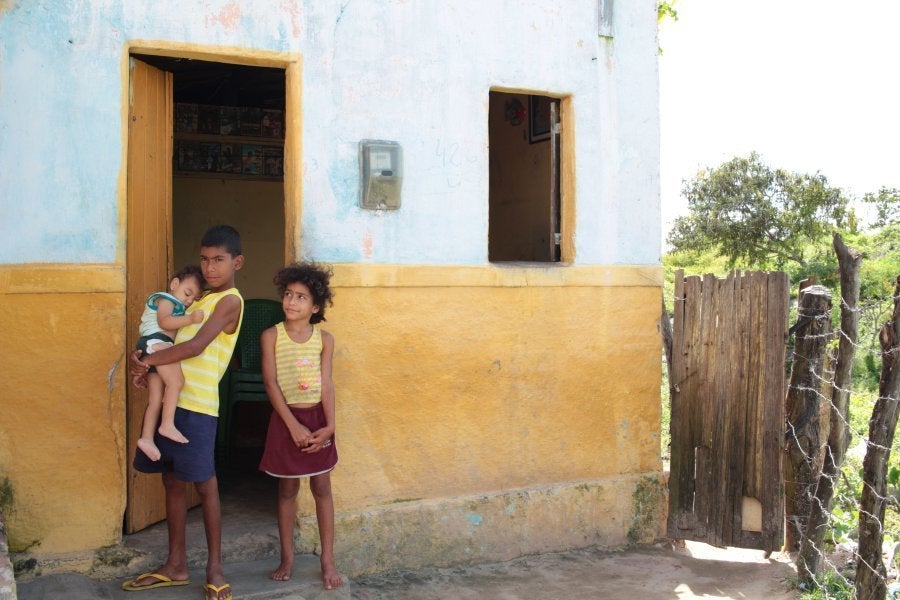
“It is an entire generation who will not have a social life, a productive life, and in the end, who will depend completely on social assistance for their entire lives,” said Mardjane Nunes, a doctor who specializes in infectious diseases and is studying the consequences of Zika at the Helvio Auto Teaching Hospital in Alagoas, which treated many of the state’s Zika patients during the epidemic.
Zika hit Brazil’s northeast states hardest. Alagoas was probably one of the least equipped to handle the epidemic. It has some of the worst life expectancy, education and per capita income figures in the country. And yet, the state reported a surprisingly low number of babies born with Zika syndrome between 2015 and 2017, compared with surrounding states.
Researchers directed by Nunes have found that of the 443 babies suspected to have Zika-related birth defects in Alagoas, only about half of those cases were officially confirmed. The families whose cases were discarded were not eligible for the government-approved treatment regimens for Zika syndrome, or for the financial assistance offered to victims of Zika.
Some cases were confirmed later, after the babies had missed out on months of medical checkups and developmental therapies. (If early stimulation therapy begins too late, for example, a child may never develop the muscle control needed to walk.) There may be more cases that have gone unreported.
And many of those whose cases were confirmed immediately are part of a group that doesn’t typically have access to good health care and lacks a strong voice to advocate for themselves. In Alagoas, about half the mothers of Zika-affected babies were teensbetween the ages of 14 and 19, and about 80 percent are black. Roughly 6 percent are illiterate, and 52 percent of the teens didn’t finish high school.
About half of the women worked paid jobs before pregnancy and fewer than a quarter of them returned to work. Their withdrawal from the labor market and their low levels of education, combined with the slim prospects that their disabled children will achieve independence, prevent these women from returning to employment.
On a typical day, Silva barely has time to herself. Gabriel, her baby with microcephaly, requires constant attention and often cries through the night. His father’s help is limited to weekends. If Silva wants to cook or bathe, she leaves Gabriel with her oldest, who is 11.
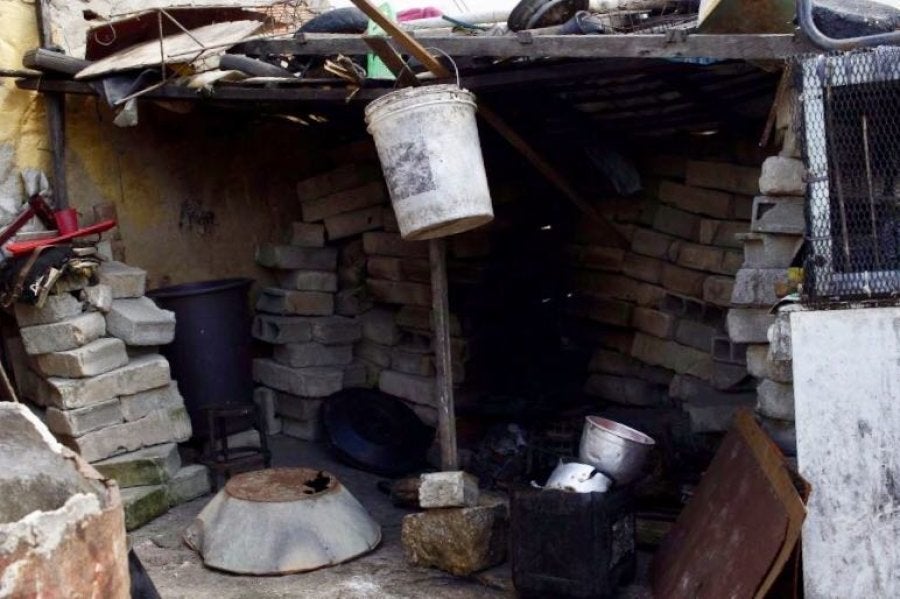
Silva hangs a portrait of Santo Expedito, the patron saint of impossible and urgent causes, in the main room of her home. This areas serves as both a living room and bedroom. Privacy is a luxury she doesn’t have ― there is no door on the other bedroom, the kitchen or the bathroom. The family shares a single closet, where each of them keeps a cardboard box of personal items.
During her pregnancy, Silva never thought there might be something wrong with Gabriel. “At that time, we hadn’t heard of it,” she said of Zika. “That’s why I wasn’t scared. I only realized it when he was born.”
Silva recalls that for three weeks while she was pregnant, she felt body aches and noticed spots appearing on her skin, typical Zika symptoms. During her regular medical visits, however, the nurse told her that everything was normal. Nor did she recall doctors explaining the consequences that congenital Zika syndrome would have on her child.
Women in Silva’s position often lack basic information about their babies’ health needs. Zika syndrome can cause developmental delays in newborns and may require long-term physical and speech therapies, and attention from a rotating cast of doctors. These services might be located in different buildings, in different towns across the state, creating a dizzying schedule for the mothers to maintain. And it’s not always clear what the doctors are doing from appointment to appointment.
Silva is supposed to bring Gabriel to a local medical nonprofit for regular sessions of early stimulation therapy, a recommended treatment for congenital Zika syndrome. But his mom can’t explain what goes on at the sessions, or whether her baby has made progress because of them.
“I stay outside,” she said. “I don’t know what they’re doing in there.”
These treatments, which help muscle development, can be critical for babies with Zika-associated birth defects. Another mother of a baby with Zika-related microcephaly told HuffPost she has seen improvements in her 1-year-old’s condition as a result of the weekly treatments. Rosângela Ferreira de Barros, 34, said her baby, Miguel, can now keep his torso erect while sitting, move his arms and turn his head to look at people around him.
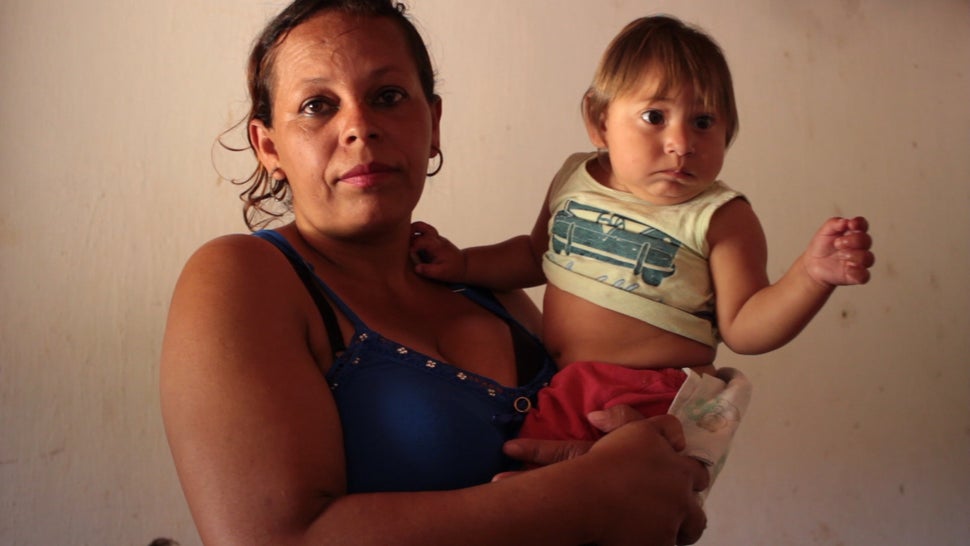
“With faith in God, he will walk and go to school,” said de Barros, the wife of a bean farmer.
But Gabriel missed about five months of his therapy in 2017. Part of the problem, his mom said, was that the city used to send a car to her home to bring her and the baby to the treatment center ― but the ride stopped coming. No one called to tell her, since her home doesn’t have a telephone. Silva said she’s not strong enough to carry Gabriel down the steep hill into town, and the family can’t afford a baby carriage.
When Silva spoke to HuffPost, she said she’d only recently begun taking Gabriel to therapy again ― after an employee at the clinic intervened and helped her arrange a new ride.
De Barros had a similar complaint about government-provided transportation failing to show up. She lives in a remote town and must travel 40 miles to bring her infant to his weekly stimulation therapy. Her house is located down 3 miles of dirt roads, which flood during rains, making it difficult for cars to get through. On the day HuffPost Brazil visited her home, she said she hadn’t been able to arrange a ride with the van from the Department of Health that week ― her baby would have to wait till next week for his therapy session.
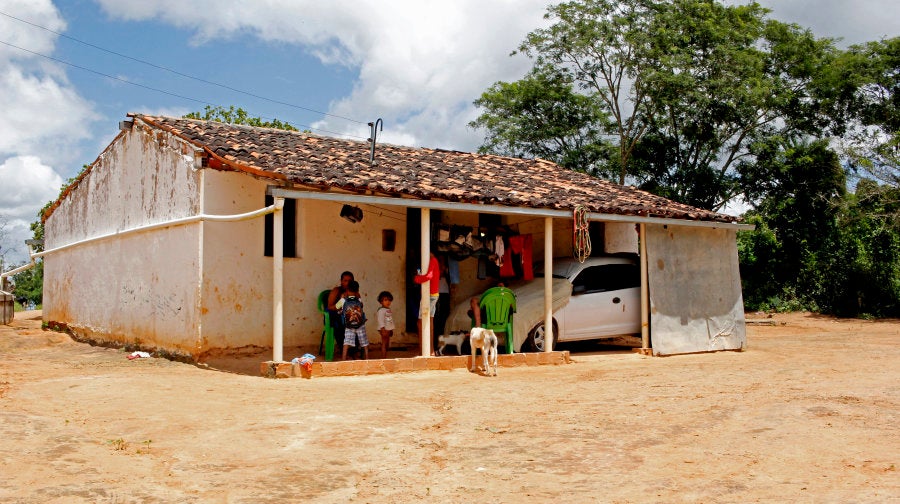
During the Zika epidemic, the government of Brazil set up dozens of new medical centers that specialize in care and therapies for people with disabilities, including babies with Zika syndrome. Nevertheless, some mothers must travel great distances to reach specialists in other cities, leaving their other children at home.
Silva’s baby has to go for neurological exams in Alagoas’ capital city, Maceió, over 100 miles from her home. On these days, she leaves home at 3 a.m. in a car the city provides. She often spends the day at the hospital before taking the same car home. She doesn’t receive any food during this time away from home, nor does she have the money to buy any.
De Barros said she recently rose at 4 a.m. to bring her baby to Maceió for a cardiac evaluation. Her husband, who doesn’t normally tend to the children, sometimes watches them when she’s traveling with the baby.

“He stays out in the fields,” de Barros said. “He helps with some things, but he doesn’t like taking care of the kids. It makes him nervous.”
“I’m really tired,” she admitted. “I have to do things myself.”
The Alagoas Health Department intends to create new procedures for patient flow in order to take pressure off the capital. A team of experts has suggested setting up two centers offering the appropriate care in the state.
“It’s a matter of negotiation, of organization. Of determining who will stay where, and how resources will be transferred,” said Nunes, the infectious diseases doctor.
Paying for medicines and services can place a great burden on poor families affected by Zika. Many of these families rely on public assistance. Silva and her husband receive about $200 a month in federal aid, which they use to supplement his meager farming income. His low take-home pay, coupled with their baby’s special needs, should entitle them to an additional government stipend, one specifically for people with disabilities. Yet the National Social Security Institute denied their first application for the benefit.
Silva said she’s not sure why they were rejected, but they did manage to get a favorable court ruling, and at the time of HuffPost Brazil’s visit were awaiting release of the benefit.
Complaints about delays or denials regarding disability benefit applications are persistent. Mothers consider the required documentation excessive, and the lack of transportation to get to the social security agency is yet another barrier.
Another mother, Iana Flor, 17, said her first attempted application was denied because the government didn’t think her baby, Pedro, was actually disabled.
“I appealed and was able to get them,” she told HuffPost Brazil. “I had to go to the public defender.”
According to the National Social Security Institute, since 2015, funds have been released in 80 cases of microcephaly in Alagoas, but it isn’t possible to say how many are linked to Zika. According to the Ministry of Health, 2,200 children with microcephaly throughout the country have received this disability benefit since 2015. The National Social Security Institute did not report the number of applications that were denied.
Even with assistance from the government, it can be a struggle for poor families to cover their babies’ medical costs.
Maria Rivoleide de Melo, 36, recalled for HuffPost how her family got creative to come up with $900 for a special procedure. Her baby, Erica, who can’t sit or crawl, needed a treatment that required a doctor to change her cast every week. So the family turned to their neighbors for help.
“We had a bingo event and we made it,” de Melo said.
Nunes emphasizes the importance of strengthening the care network for these families beyond the restricted scope of health services.
“Besides the difficulties of medical aid, the social challenges for these families are tremendous,” Nunes said. “It is a very serious limiting factor.”